Description
5 Euro Bill prop money available here
Looking for an easy and affordable way to add a little extra flair to your next photo shoot, film project or theatrical production? Look no further than our high-quality 5 Euro Bill prop money! Whether you’re looking to create a realistic bank heist scene or simply want to add some depth and texture to your images, our prop money is the perfect solution. So why wait? Check out our selection today and start bringing your creative vision to life!
What is Euro Bill prop money?
If you’re in the film or television industry, chances are you’ve heard of Euro Bill prop money. Euro Bill is a company that specializes in providing high-quality, realistic prop money for use in movies, TV shows, and other productions.
So, what exactly is prop money? Prop money is counterfeit currency that is used as a stand-in for real money during filming. It is typically made to look as close to real currency as possible, but there are some key differences that help distinguish it from the real thing. For example, prop bills may have different colors or images on them than real bills, and they may be printed on different paper.
While prop money can be used for a variety of purposes, one of the most common uses is to create the illusion of large sums of money. If a character is counting out a large sum of cash, it would be impractical (and expensive!) to use real money. That’s where prop money comes in – by using fake bills, filmmakers can create the same visual effect without spending actual cash.
Whether you’re a seasoned pro or just starting out in the industry, Euro Bill has the prop money you need to make your production look its best. With over 15 years of experience, we know how important it is to have realistic-looking props on set. We offer a wide variety of prop euro notes and coins that can be customized to meet your specific needs. So whatever scene you’re filming – whether it’s
Where to get Euro Bill prop money?
There are a few places where you can get Euro Bill prop money. One place is online at websites like Amazon or eBay. Another place is at your local costume shop. Finally, you can always make your own Euro Bills by printing them out
5 Euro Bill
In and out of the 5 Euro Bill
The 5 euro bill is one of the most commonly used bills in circulation. But what does it really look like? In this blog post, we will take a close up look at the different features of the 5 euro bill. From the security features to the design and more, read on to learn all about the 5 euro bill.
What is the 5 Euro Bill?
The 5 euro bill is a denomination of euro banknote. The 5 euro note was first introduced in 2002. It is the smallest denomination of banknote in circulation in the eurozone. The 5 euro note is made of cotton paper and has a purple color scheme. The obverse side of the banknote features a portrait of Europa, a mythological figure who became associated with the continent of Europe. The reverse side of the banknote shows a map of Europe.
5 euros to dollars
When it comes to international travel, one of the most important things to know is how to convert currency. If you’re traveling from Europe to America, or vice versa, you’ll need to know how to convert Euros to Dollars (or Dollars to Euros).
The Euro is the official currency of 19 of the 28 member states of the European Union. As of right now, 1 Euro is worth about 1.14 US Dollars. However, this rate fluctuates so it’s always best to check the current conversion rate before making any transactions.
There are a few different ways that you can convert Euros to Dollars (or Dollars to Euros). You can use an online currency converter, go to your local bank or exchange bureau, or use a mobile app. Whichever method you choose, make sure you compare rates before making a decision so that you get the best possible deal.
How to get the 5 Euro Bill
Assuming you are in Europe, the 5 euro bill is not difficult to acquire. You can get it from any number of sources, including:
-Banks
-ATMs
-Currency exchanges
–Foreign exchange offices
-Some hotels and businesses
5 euro prop money
Euro prop money is legal tender in the European Union. There are seven euro notes: the 5, 10, 20, 50, 100, 200 and 500. The 500 note is the highest value euro bill.
The euro was introduced in 2002 as an accounting currency, replacing the national currencies of Austria, Belgium, Finland, France, Germany, Greece, Ireland, Italy, Luxembourg, Netherlands, Portugal and Spain. Euro banknotes were first issued in 2002. They are all the same size (135 x 77 mm) and have different designs on the obverse and reverse sides.
Conclusion
The 5 Euro bill prop money is an important addition to any production set. Whether you’re creating a movie, commercial or stage play, having realistic-looking props can help make the scene come alive and capture your audience’s attention. With these high-quality bills that look just like real money, you’ll have no problem introducing the perfect amount of realism into your next project. Order yours today and get ready to impress!
Additional information
| Select Quantity | 1000 Notes, 3000 Notes, 6000 Notes, 10000 Notes, 25000 Notes, 100000 Notes |
|---|

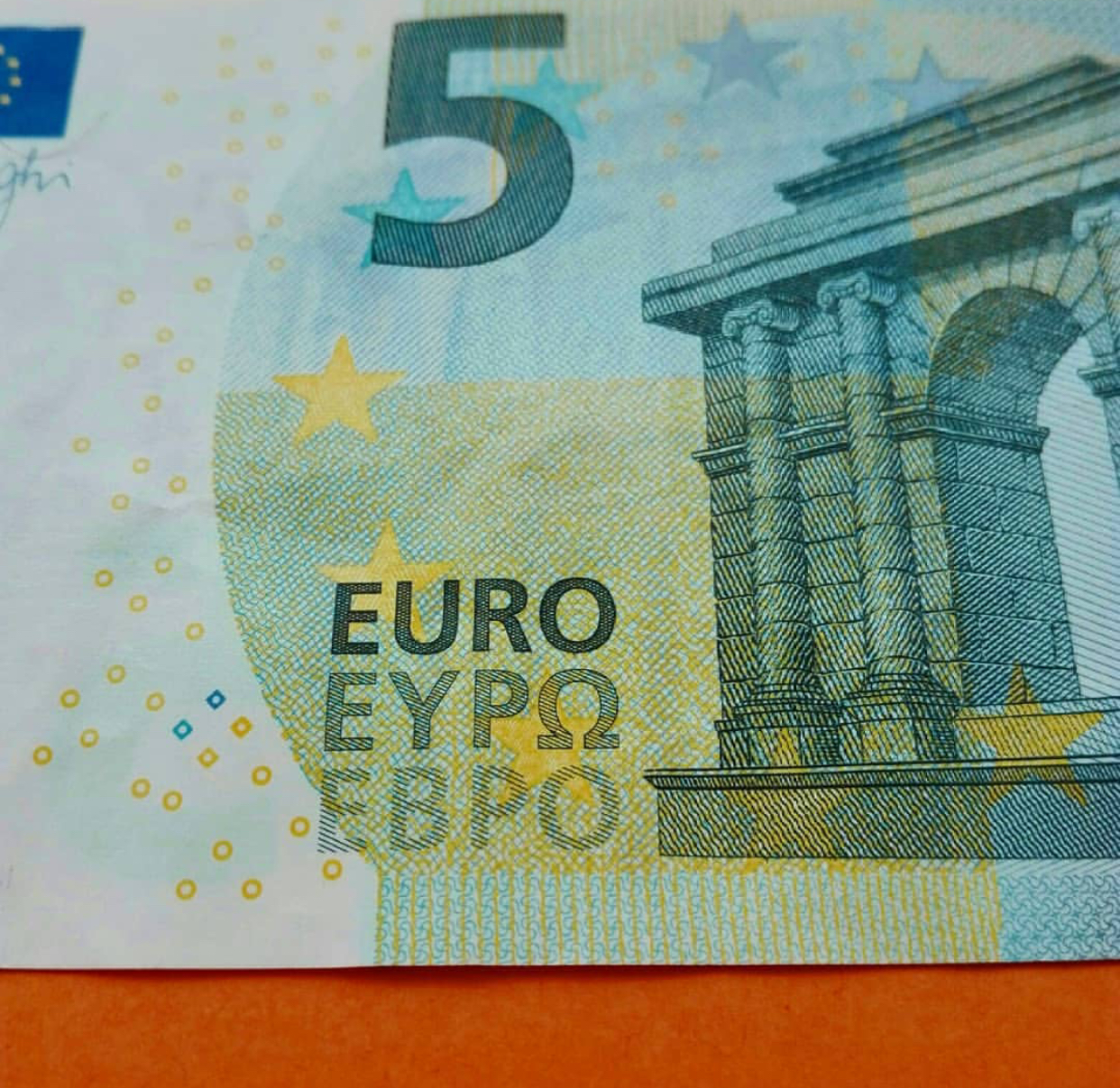
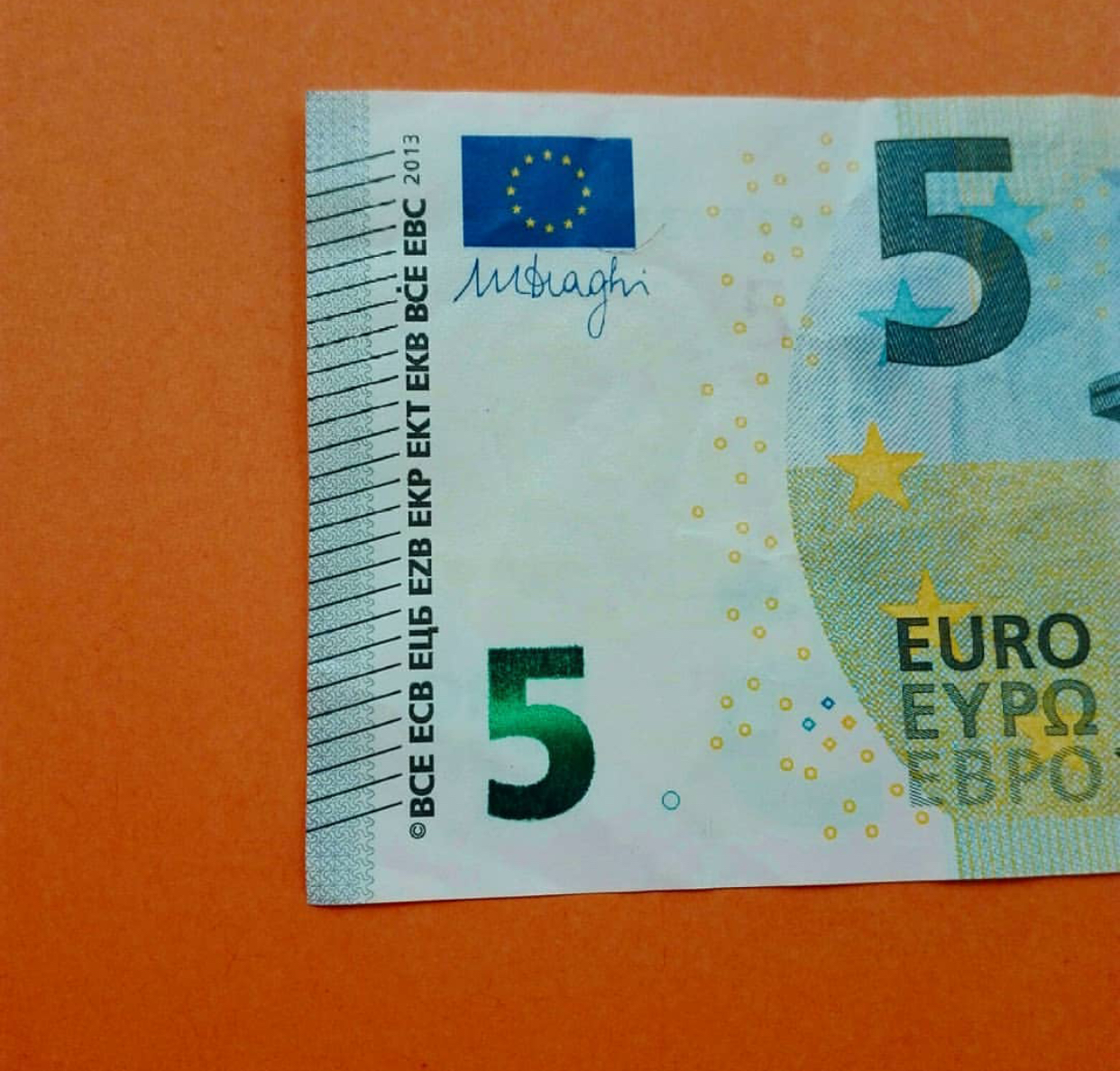
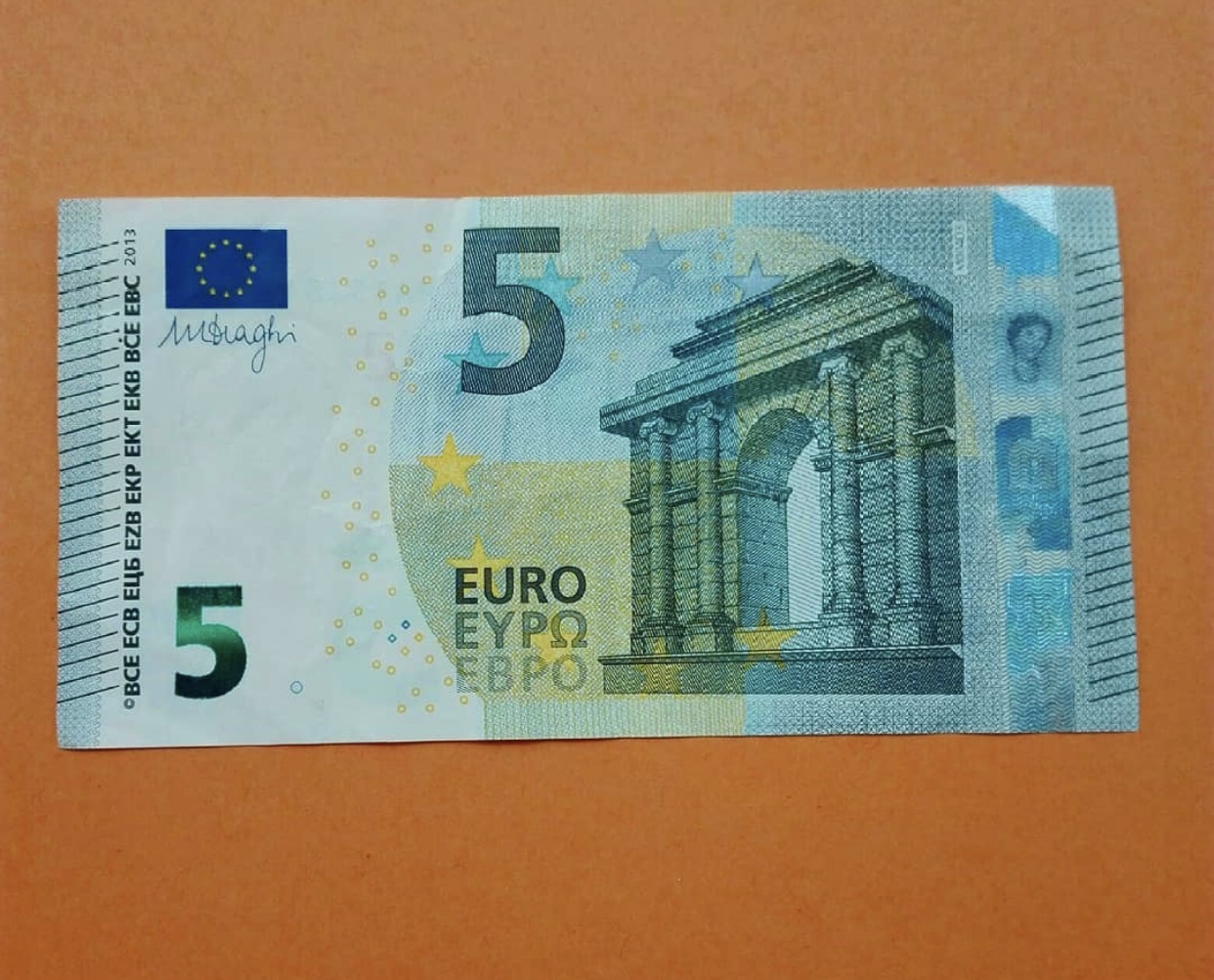

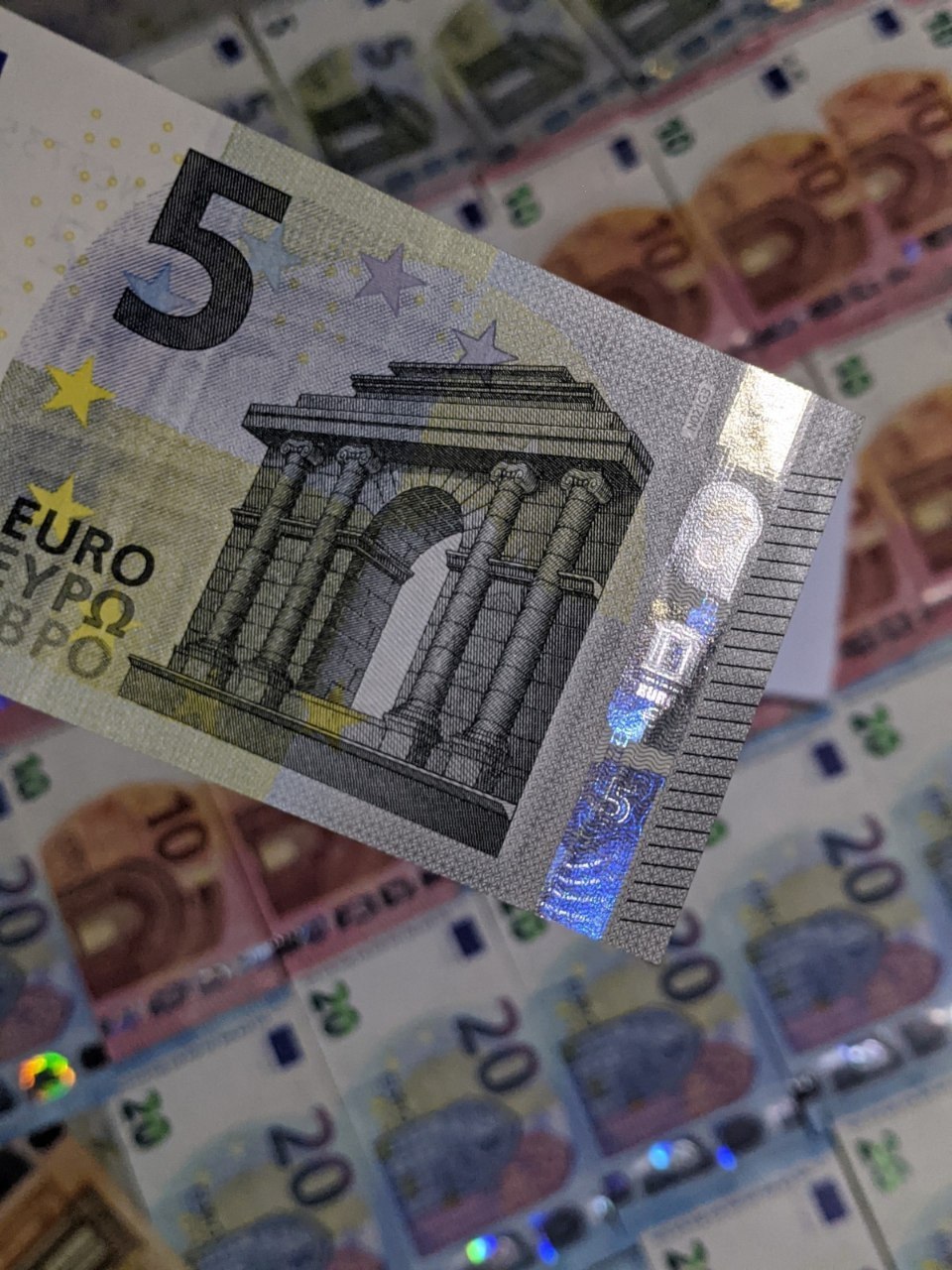
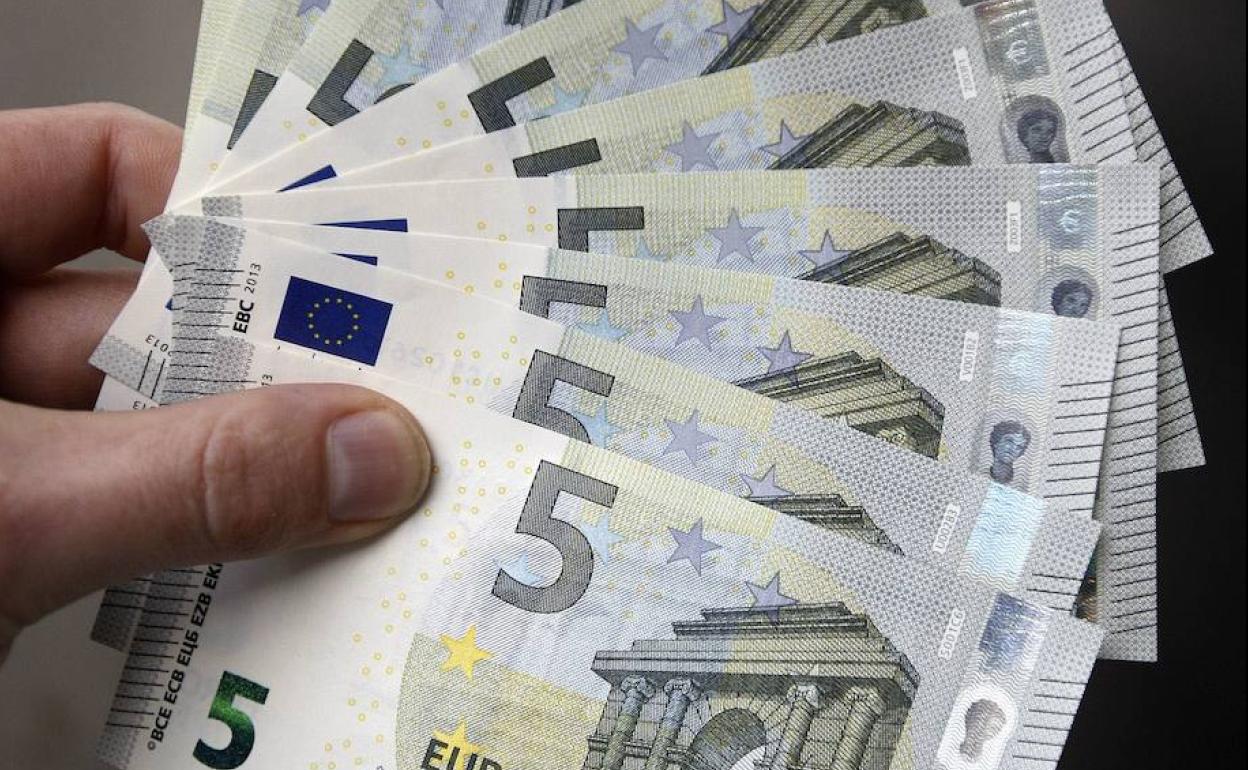

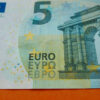
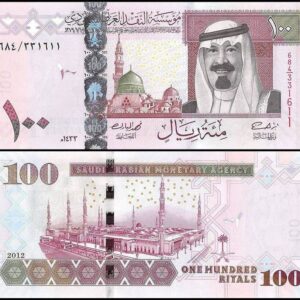

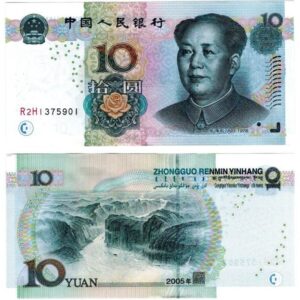
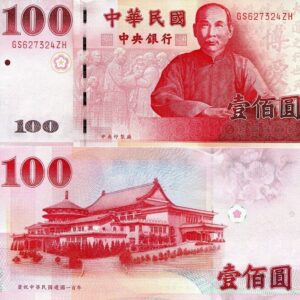
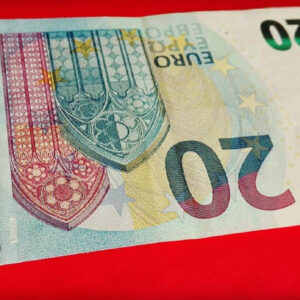
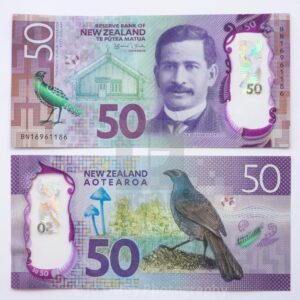


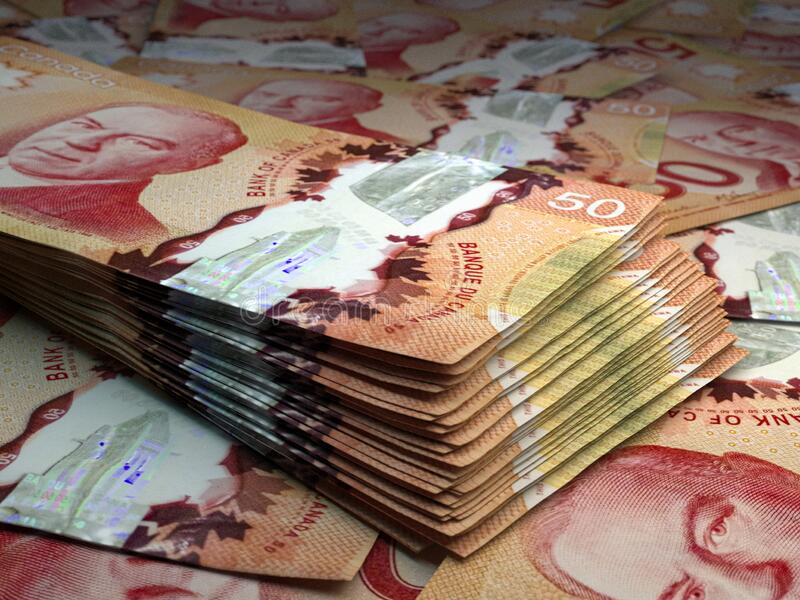
There are no reviews yet.